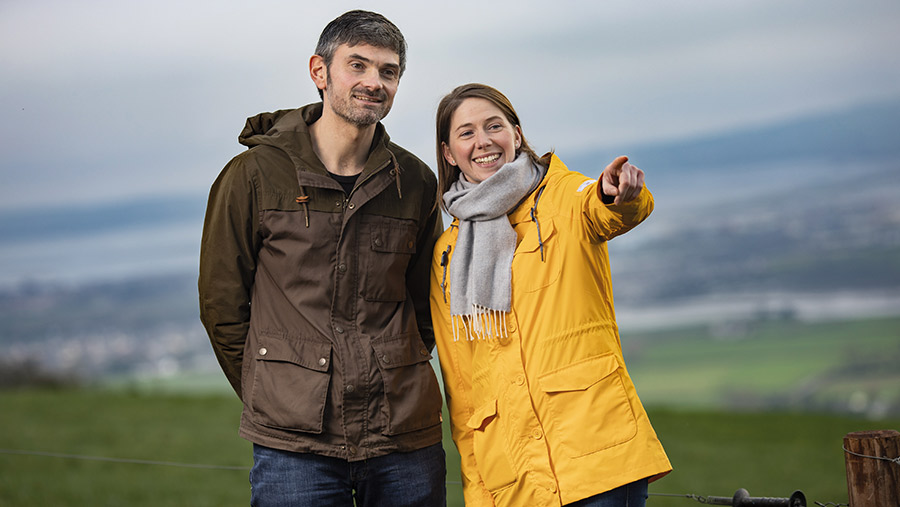Farmer Focus: Business hinges on milk from grazed grass
 © Cathal Noonan
© Cathal Noonan In Ireland, 2023 was the warmest year on record, with rainfall levels above average across the country.
A similar trend is already emerging in 2024. February temperatures were close to 2C above normal and March is following suit – which explains the rapid regrowth on grazed pastures.
See also: How to restart rotational grazing after a wet winter
The rain, however, has been a slog. Locally, February rainfall was biblical, with almost double the long-term average, and March has been much the same.
With only five cows left to calf at the time of writing, the focus now shifts to grass.
Two-thirds of the milking platform had been grazed by mid-March, putting us on track to hit the second rotation by early April.
Grass growth has been good, but ground conditions have been terrible.
Our sloping farm is one of the driest in the area, but even we have had trouble. Despite our best efforts, there has been a bit of pasture damage.
We couldn’t get slurry out in February because the land was wet, but managed to get fertiliser applied to about 90% of the grazing area.
Contractor availability and machinery size played a big part in those decisions. Average farm cover is about 660kg dry matter (DM)/ha with growth of 17kg DM/day.
Fodder stocks are tight due to earlier housing in October and November.
The one thing I’ve learned over the years is that the three weeks from the end of March to mid-April are critical.
Rapidly changing weather can make winter look never-ending one minute, and the next minute you want to drop the strip wire.
Planning and flexibility need to cover three scenarios for the next month:
- Good weather, good growth – the optimistic, easy grazing plan
- Wet weather, still growing – protect ground with on/off grazing, grass DM will be low and fibre will be important
- Poor weather, poor growth – consider fodder options for housing, assess silage stocks.
Two pieces of important information crossed my path in the office today: one was a notice from a quarry/concrete supplier of an 8% price rise; the other was another successive drop in the Global Dairy Trade auction.
Yet again, costs will be at the centre of farm profitability for 2024, with grassland management key to staying on the right side of them.

